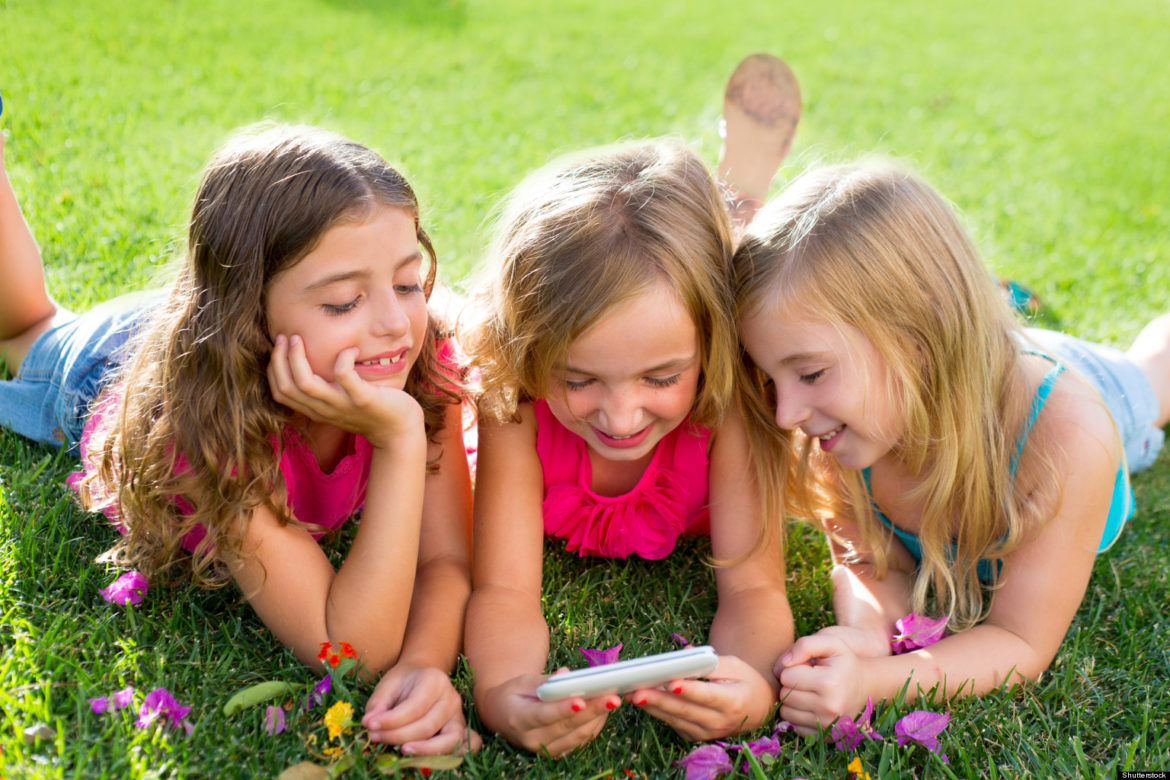The generation gap is getting bigger and bigger the more technology advances. We see it every day with children, yes CHILDREN have better phones than you do. How often do you see it in the work place or a social setting where everyone in on their phones and not talking?. Well it’s worse for the children of today. Gone are the days where you would go out, climb and tree and hurt yourself!
Studies are showing how big of a role social media and technology play a part in a Childs life today. The average age for getting a smart phone is currently 10.3. Children use their phones overwhelmingly to text and 31% of parents surveyed said their kids have texted them even when they’re in the same house together.
There is of course a useful safety feature on a smart phone of being able to use the GPS to track your child. Although this doesn’t not sound like a fun part of growing up as that is the last thing you would want being a teenager, it certainly has a time and a place. While not many parents have embraced the ability to use Smartphones’ GPS capabilities to track down their kids, the number who has used this function doubled from 7% in 2012 to 15% in 2016.
Phones have risen on the list of devices kids look to for entertainment on car trips and remain second only to iPads and tablets as the engagement option of choice for the road.
- Tablets have taken off for this purpose, increasing in usage from 26% to 55%.
- Phones come in at 45%, up from 39% in 2012, and DVDs have fallen to third place in the car with 35% reporting usage today, versus 48% in 2012.
- The once popular Nintendo DS now dropped to a distant fourth choice at 24%, down from 40% four years ago.
Parents’ restrictions (texting, social media platforms, apps, timing) on their kids’ phones increased from 14% to 34% since our last survey. Proving to be most common form of punishment for todays technological geeks. Especially as 50% of children will have social media account by the age of 12.
- Social media consumes kids today as well, as most score their first social media accounts at an average age of 11.4 years old. The largest percentage of kids – 39% – got their first account between ages 10 and 12, but another 11% got a social media account when they were younger than 10.
- Facebook and Instagram represent the most-used social platforms among kids, with 77% using each. But Twitter continues to climb with 49% of kids, and a newer entry, Snapchat, with 47%. No other social media platforms have a significant presence on kids’ radar.
What are your thought on this topic? Do your children have smartphones? How much do you monitor their use and what they are looking at? Let us know.


